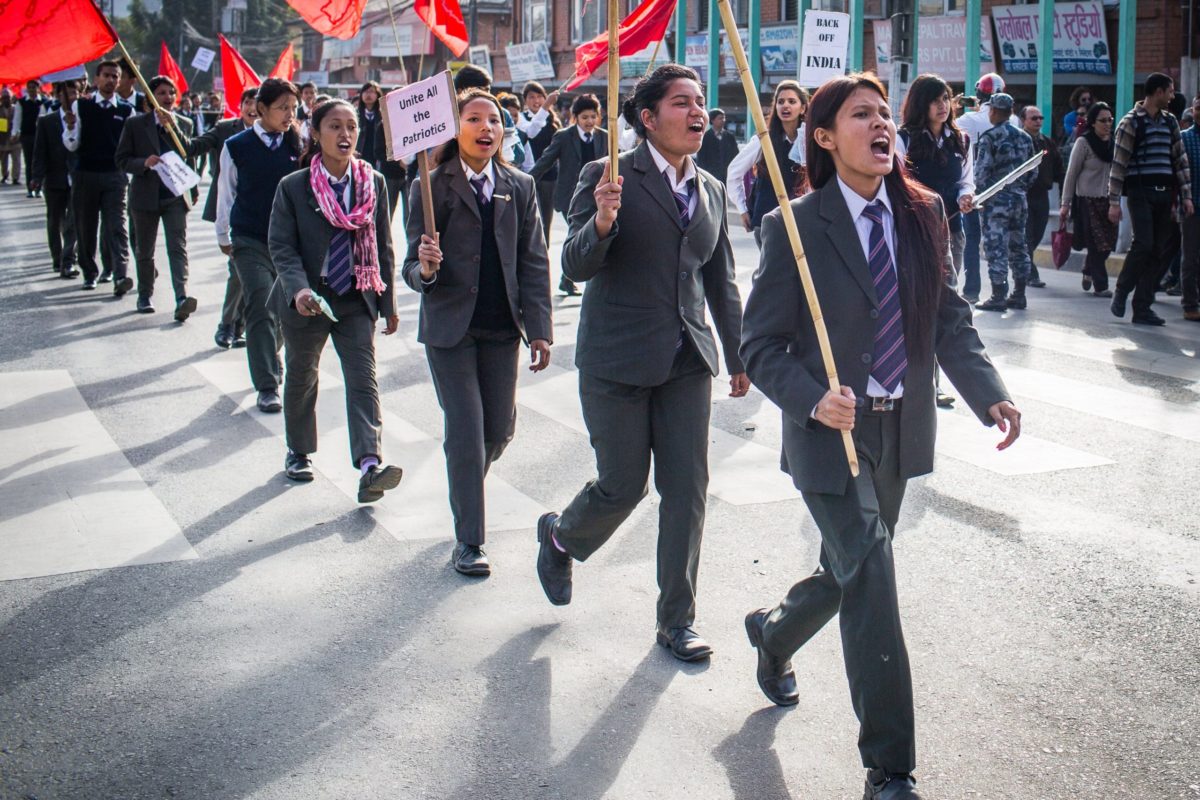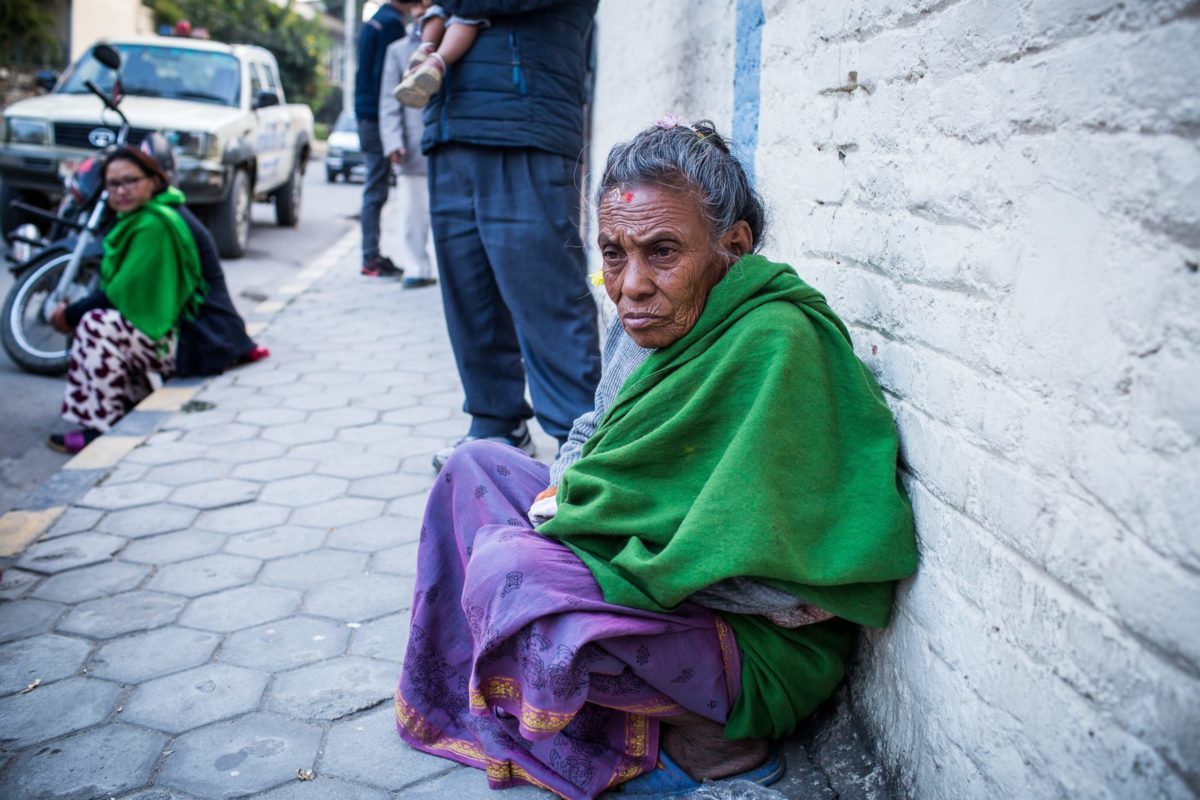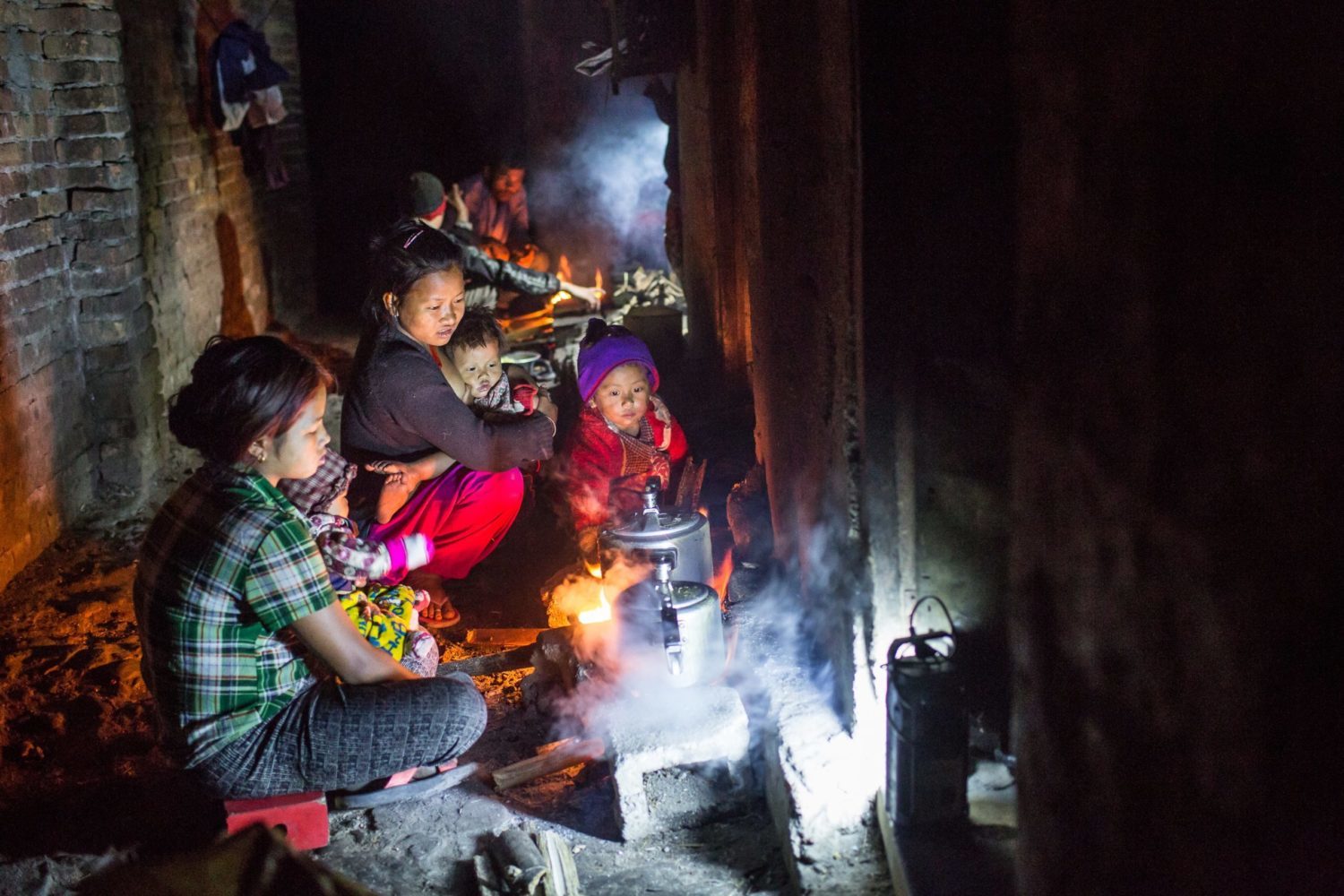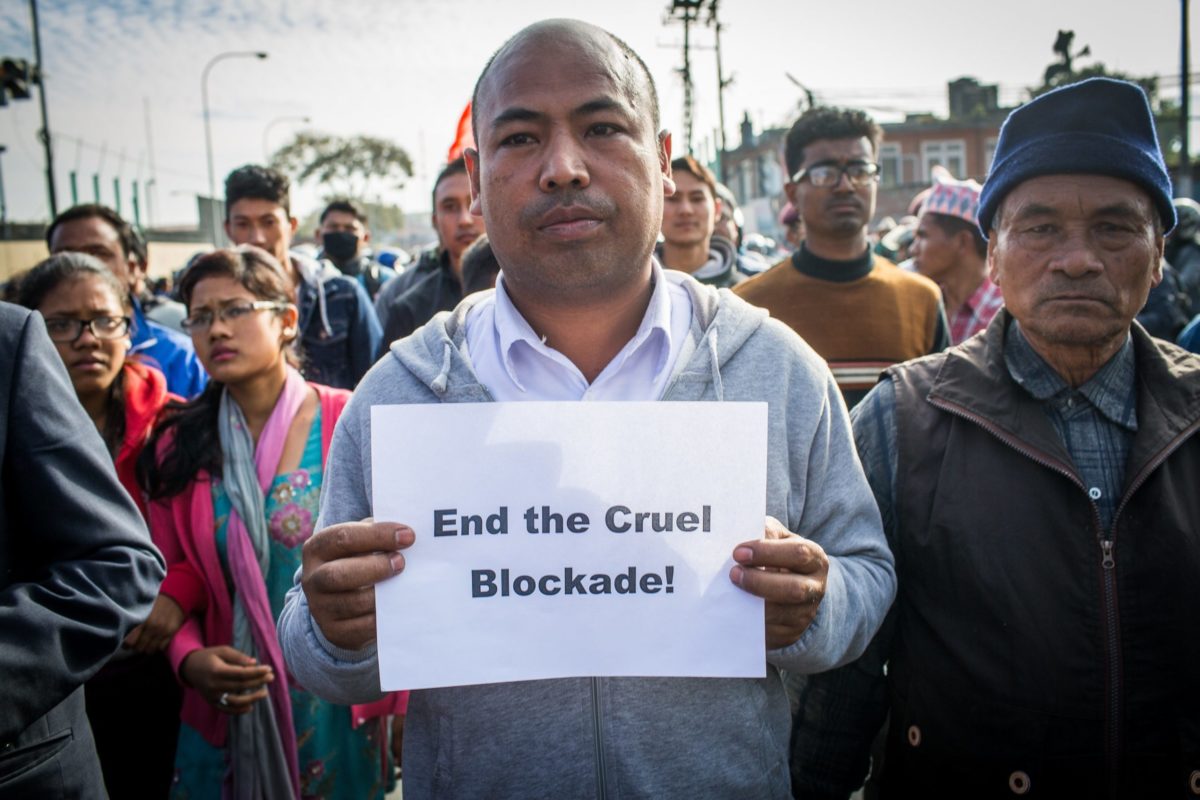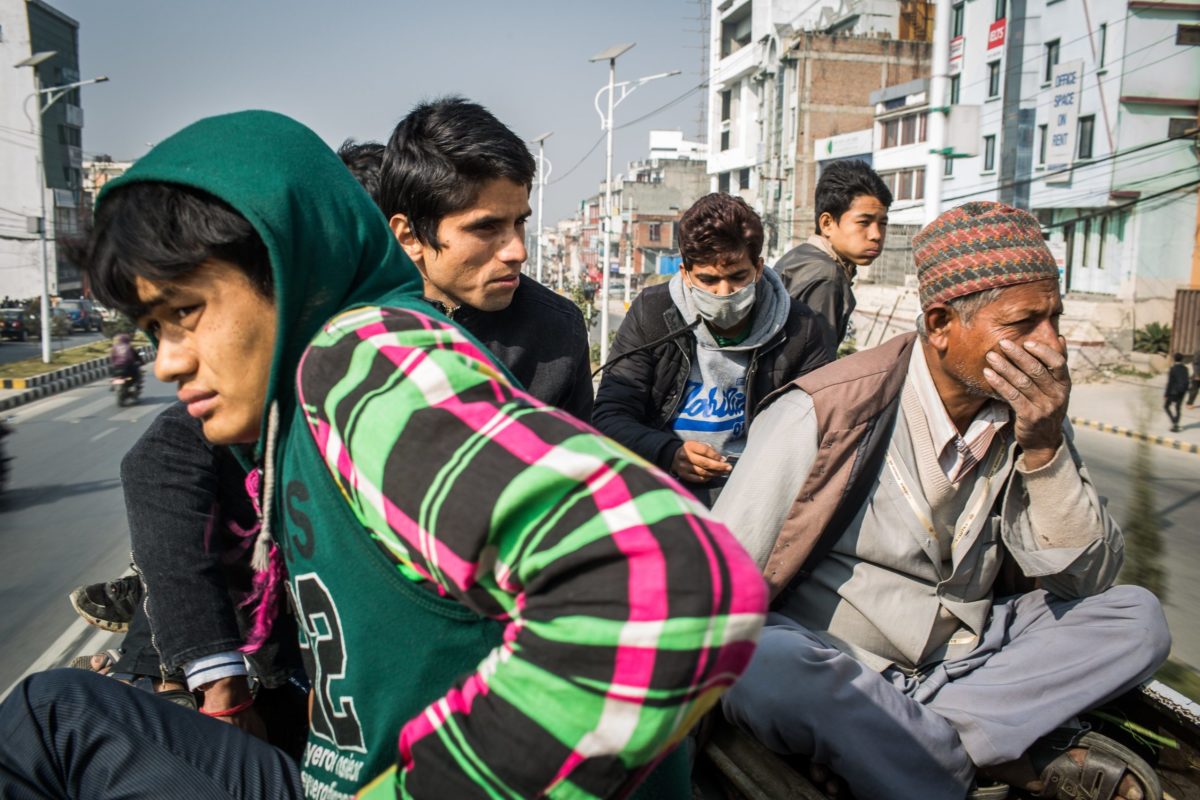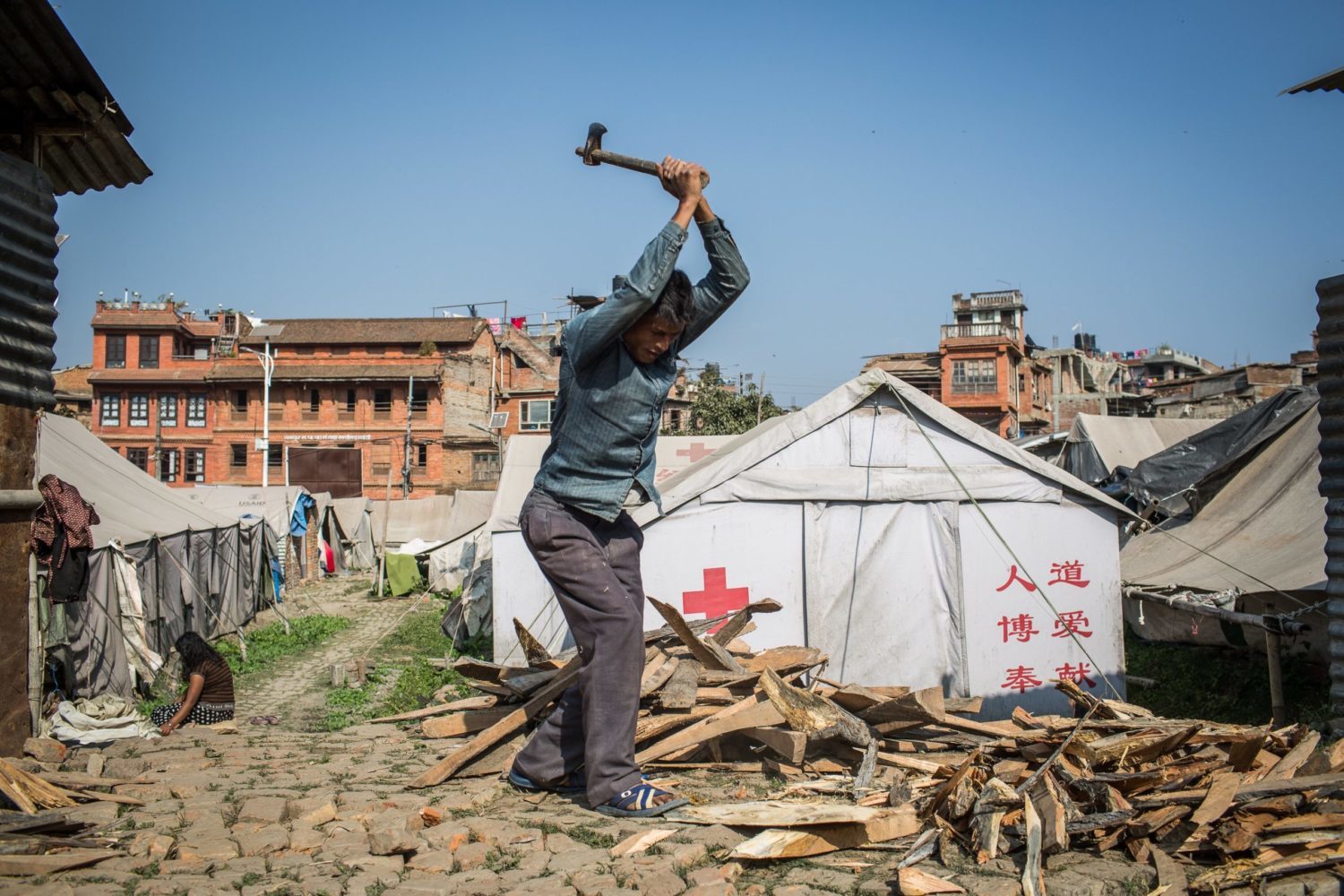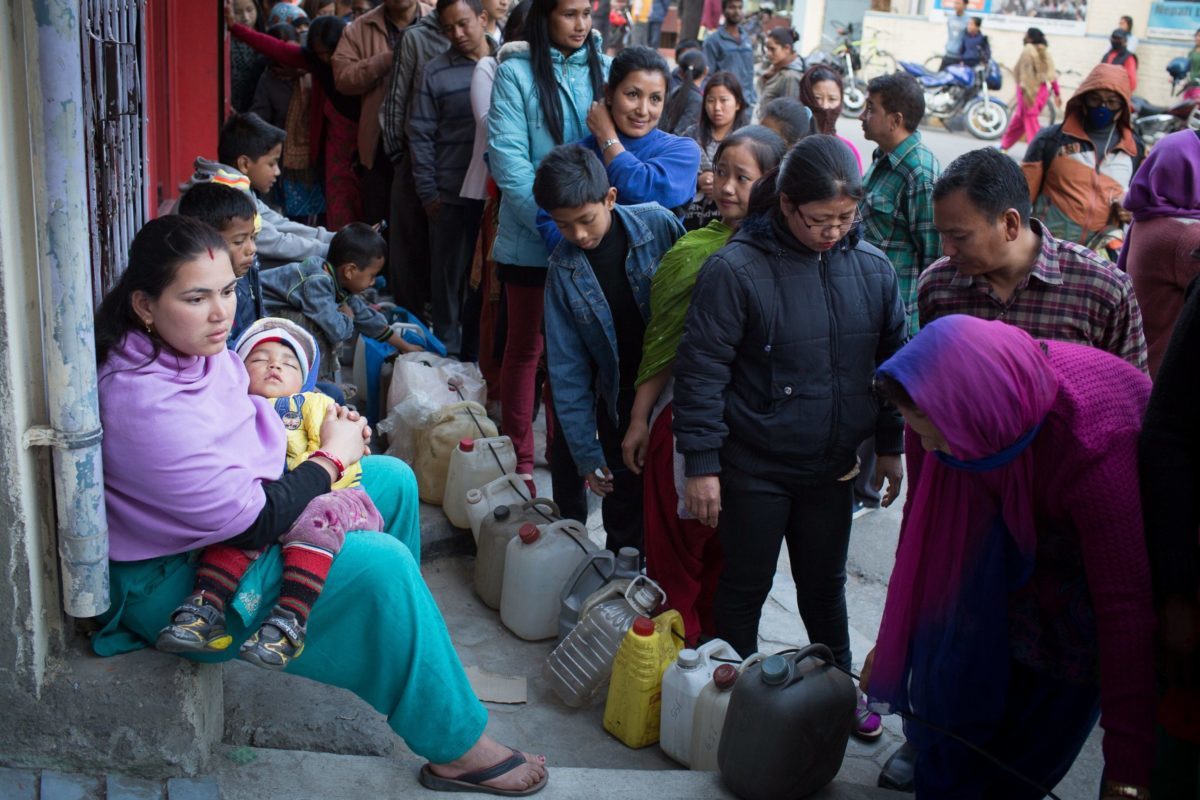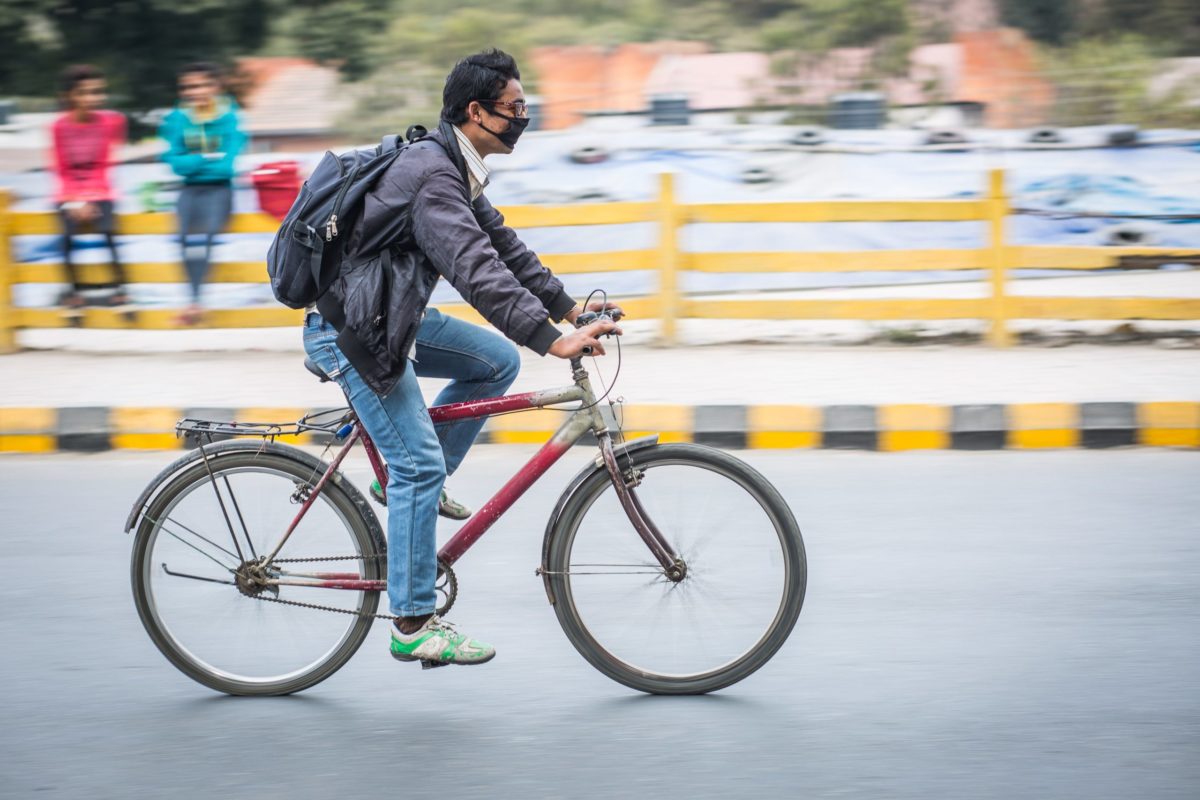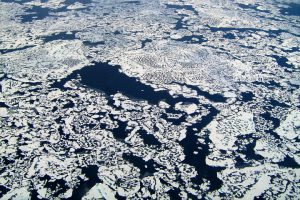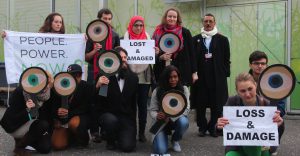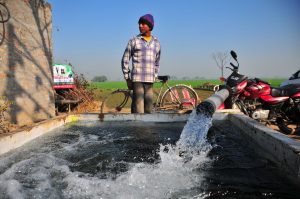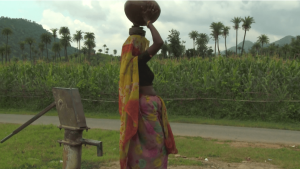Nepalis are reeling under the shortage of fuel, medicines and other basic necessities since early August. Already struggling after the massive April earthquake that claimed more than 8,000 lives, the people of Nepal are facing a bleak winter as protests and a blockade limit the import of supplies into the land-locked Himalayan country from its neighbour, India.
Some Nepalis, including the Nepali Prime Minister have blamed India for imposing an economic blockade, as there are thousands of supply trucks waiting on the Indian side of the boarder. India argues that the problem is on the Nepali side of the border where ethnic Madeshi groups have been conducting a campaign of strikes and obstructions to protest their concerns about Nepal’s new constitution, which has been nine years in the making. The clashes have claimed more than 50 lives.
The UN High Commission for Human Rights released a statement on 24 November that read, “We stress that any obstruction of essential supplies and services is a serious violation of international human rights law, including the right to life. We call on all parties involved on both sides of the Nepal-India border to immediately ensure effective, safe and rapid passage of supplies.”
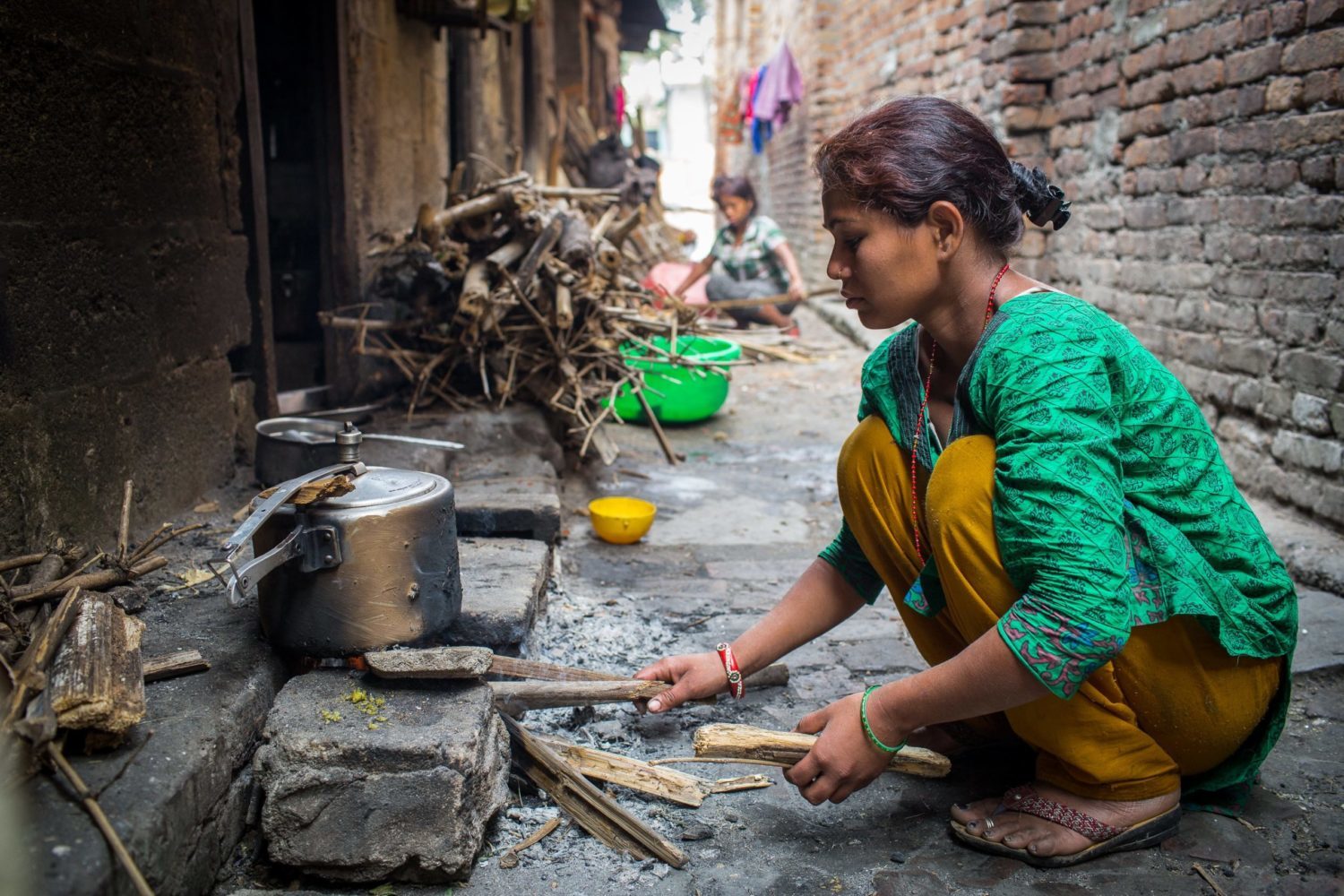
Around Kathmandu the shortages have crippled the life of earthquake victims and put a halt to essential reconstruction work, creating a double tragedy. Junu Kuju, one of the victims of the earthquake, is still living in a temporary shelter in Bhaktapur. She makes woollen gloves for her living. She says, “Due to the blockade the price of all the basic needs has gone up, before the blockade the price of one litre of cooking oil was NPR 150 (USD 1.50), now the price of same cooking oil is NPR 250 (USD 2.50). How to live now?”

The middle class and poor have been hardest hit. Movement from one place to another has become torture for women, children and the elderly. People are using firewood as the cooking gas shortage continues, many of them travelling for eight hours to gather the wood they need. Most of the restaurants in Kathmandu are serving “Limited Menu” options to customers.
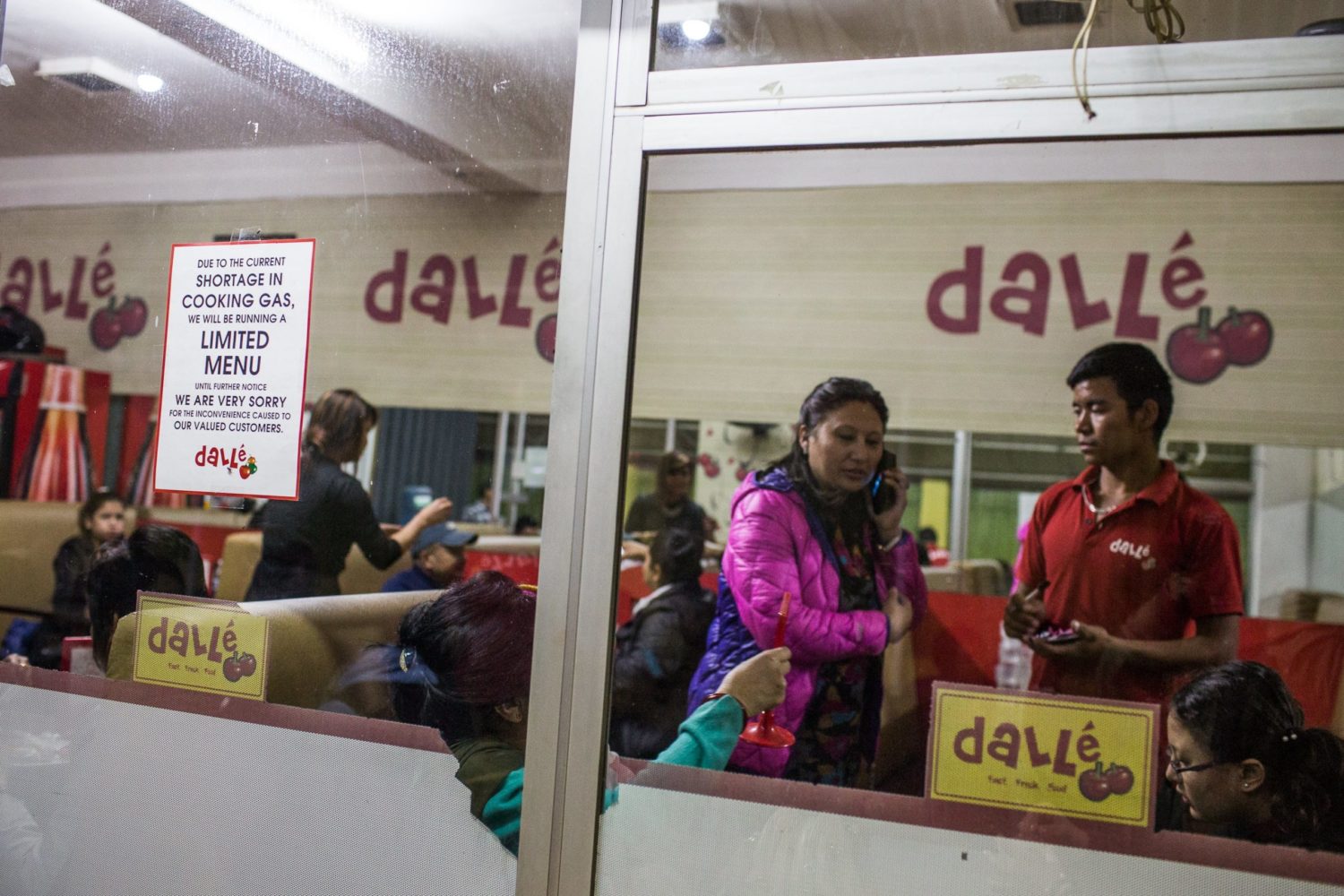
In the meantime, in the southern areas where dozens have been killed during protests, anger against Kathmandu runs strong. Muna Sah Sonar, a youth from Birjung city said, “When there is protest in Kathmandu, the government use water to disperse the protesters, but why this government is firing bullets in the protest of Madeshi people killing our people. Isn’t it discrimination?” In India, a special debate in the Rajya Sabha, the upper house of Parliament, on 3 December faced so much demand that a larger session has been called on 7 December.
